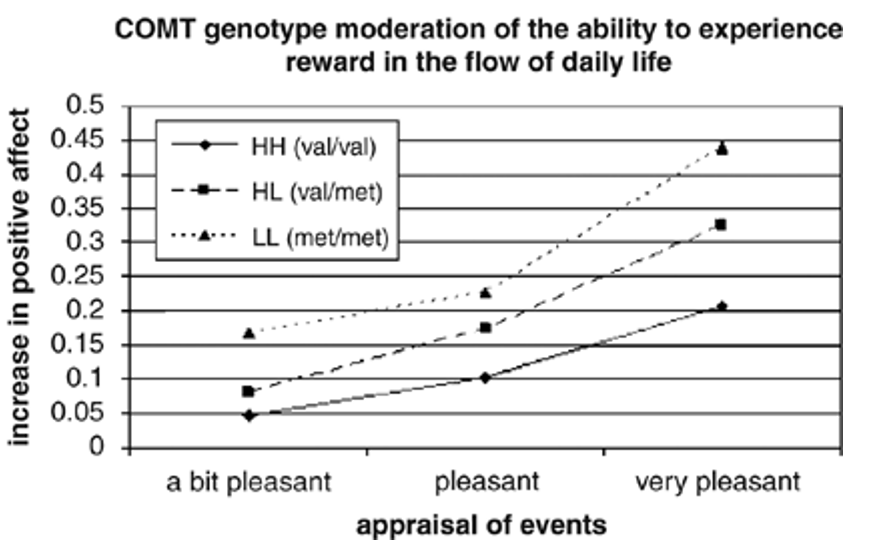MARSHMALLOWS, GREEN TEA, AND SUCCESS IN LIFE
[This Monday’s Archive was originally published on August 22, 2013. The cure for addiction to rewards-without-effort (government welfare) afflicting so many millions is needed more than ever today. Several TTPers have told me they consider this one of the most important articles ever in TTP.]
TTP August 22, 2013
 It began in Trinidad. Walter Mischel, a Jewish kid from Vienna whose family escaped from the Nazis to Brooklyn, was doing field work on the Caribbean island for his Ph.D. in psychology. It was 1955, and he noticed the population was split between people whose families came from India and those from Africa.
It began in Trinidad. Walter Mischel, a Jewish kid from Vienna whose family escaped from the Nazis to Brooklyn, was doing field work on the Caribbean island for his Ph.D. in psychology. It was 1955, and he noticed the population was split between people whose families came from India and those from Africa.
The Indians thought the Africans were “impulsive hedonists” who lived for the moment and never cared for the future, while the Africans thought the Indians only cared about “stuffing money into their mattresses” and didn’t know how to have fun. He wondered what lay behind such assessments.
At age 28, Walter became an Assistant Professor of Psychology at Harvard. That was in 1958, but a year later, Timothy Leary joined the faculty, and Walter couldn’t handle all of his students freaked out on the psychedelics Leary was preaching the use of. So he went to Stanford.
In 1966, when the Stanford Psych Department launched its Bing Nursery School to research child development, Walter thought back to his days in Trinidad and came up with an experiment that was to become famous as the Stanford Marshmallow Test.
From1968 through 1970, Walter gave the test to 653 children with an average age of four years old (from 3½ to 5½). In a room with no distractions and by themselves, he placed an irresistibly yummy marshmallow in front of them and said they could eat it right now – but, that he was going to leave the room and when he came back in a few minutes, if they had not eaten it, he would give them a second one so they could eat two marshmallows instead of just one.
Roughly one-third of the children gobbled up the marshmallow within less than a minute of Walter’s leaving them alone (“low delayers”), another third lasted a few minutes then capitulated (“middle delayers”), with the last third making it all the way until he came back 15 minutes later (high delayers).
It was to test kids’ strategies for delayed gratification. Walter learned, for example, that the worst strategy was the kid’s in the picture above – stare at it. Distracting, rather than focusing, your attention worked best. Kids who closed their eyes, turned their backs to the treat, sang Sesame Street songs, played under the desk, were the high delayers.
By 1981, Walter’s “Marshmallow Kids” were in high school, and he began sending out questionnaires to their parents and teachers asking about every trait he could think of, from their capacity to plan and think ahead to their ability to “cope well with problems” and get along with their peers – plus their SAT scores.
He learned that low delayers on average had behavioral problems in school and at home, didn’t do well academically, and had difficulty in maintaining friendships. The opposite was true for high-delayers. Really startling was that they had on average scored 210 points more on their college SAT tests than low-delayers (610 verbal/652 math vs. 524 verbal/528 math).
But it didn’t surprise Walter. After all, he concluded, “If you can put off eating something yummy when you’re a child, then you can study for the SAT instead of watching television as a teenager. You can end up saving more money for retirement. It’s not just about marshmallows.”
Walter and his colleagues have continued to track them, who are now in their 40s. Low-delayers as adults have more problems with their weight and with drug use; with marriages, family, and friends; with their jobs and careers. Overall, his high-delayers are in better health, have more stable marriages and friendships, accomplished more in their careers, and in general have more success and satisfaction in their lives.
Now, when a trait that shows up in a four year-old makes such a life difference, there has to be a genetic component (component, not determinant).
Researchers have focused upon a single gene called COMT. It has the assembly code for an enzyme also called COMT, which stands for catechol-O-methyltransferase. Its job is to clear the excess of a neurotransmitter called dopamine in that part of our brain where we plan, make decisions, anticipate the future, and resolve conflicts – the prefrontal cortex.
My scientist friends Durk Pearson and Sandy Shaw have been following this research carefully. Dopamine is key to the brain’s reward system. You want optimal amounts of it – not too much, not too little – especially in your prefrontal cortex to think clearly and rationally about your future (which can be five minutes from now). If your COMT enzyme clears off dopamine too fast there, it’s easy to be impatient and impulsive.
Researchers have discovered two “alleles” or variants of COMT. This involves a mutation that substitutes one amino acid (methionine or Met) for another (Valine or Val) at one particular place in the long amino chain comprising the enzyme. We can inherit the same variant from both our parents – so we’re either Val/Val or Met/Met – or one of each, in which case we’re Val/Met.
Here’s where it gets interesting. Val/Vals turn out to be, on average, low-delayers. Val/Mets are middle delayers. Met/Mets are the high delayers.
There’s a mind-blow of a highly academic article in the Journal of Neuropsychopharmacology on the difference between the COMT alleles and “The Experience of Reward in the Flow of Daily Life.”
It takes, for example, a very pleasant experience for a Val/Val to feel the same sense of reward or satisfaction that a Met/Met gets from a slightly pleasant experience. The Val-Met “genetic variation with functional impact on cortical dopamine tone has a strong influence on reward experience in the flow of daily life,” conclude the researchers.
Here’s the chart of their results. As you can see, you really want to be a Met/Met:
How do you do this? You can be lucky (as I am – my genotype as tested by 23andMe is Met/Met). Or you can have Durk & Sandy come to your prefrontal cortex’s rescue. Which brings us to green tea – white tea too.
There’s a constituent of green and white tea called epigallocatechin gallate or EGCG. It’s not in black or regular tea as it’s converted to something else in the production process. EGCG in therapeutic amounts has been used to treat prostate, cervical, bladder, and brain cancer; chronic fatigue syndrome; and neurodegenerative disorders like Parkinson’s and Alzheimer’s.
Now Durk & Sandy have learned that it’s a potent inhibitor of COMT in the prefrontal cortex! Take enough EGCG and you’ll slow down dopamine degeneration to Met/Met levels.
What’s enough? Durk thinks 1 EGCG Cap per meal would do it – or you can just drink a lot of green or white tea. Pretty simple.
Drinking green tea or taking EGCG on a habitual daily basis can set your child or you on a path of better physical, mental, and financial health, of greater success and satisfaction in life – especially if you suspect they or you might be a “low delayer.”
And as we are all too well aware, America has massive low-delayer societal problems. Durk and Sandy quote a research paper on “The role of catechol-O-methyltransferase in reward processing and addiction” as observing:
“Systemic administration of dopamine antagonists selectively reduces the motivation of animals to pursue rewards, without affecting their preferences for such rewards when they can be obtained without effort.” That’s what too much COMT can do to one’s brain. As Durk and Sandy comment:
“The research makes those who prefer getting rewards via the government’s freebies –rewards without effort — sound like they’re on dopamine antagonists.”
If we got Lo-Fo voters, libtards, Zero supporters, and low-delayers in general hooked on green tea, a lot of them wouldn’t be that way anymore and America would be a lot better off.
You can start with a libtard you know. The more of us who “experience reward in the flow of daily life,” the more America can be America again.
That’s the lesson of marshmallows, green tea, and achieving success in life.


